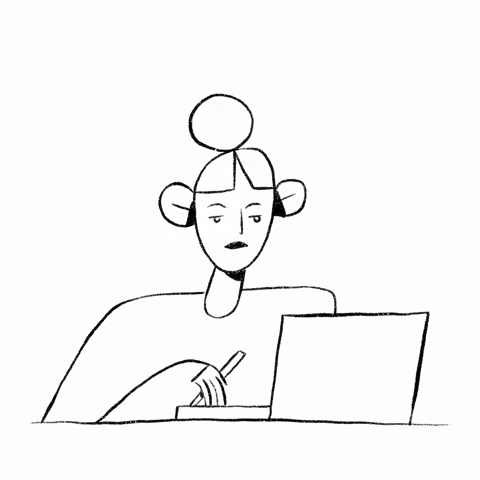Sourced from NYT | November 20, 2021
Work life
for many right now sits on a mushy middle ground, where what's at stake isn't just about who is getting talked over in meetings. It's whether flexibility is sustainable, even with all the benefits!
Some employees have started slowly trickling back into the office after growing stir crazy in their apartments.
"We call it Work From Work Wednesday," said Keryn Koch, who runs human resources at technology firm 'Common Bond", which has 15,000 square feet of sunlit SoHo real estate.
The Delta Variant has intervened many mandatory return to office plans. Still, some people have chosen to report back to their desks.
According to a November survey, 188 major employers, showed that 8% of Manhattan office workers are back in the office full time, while 54% are fully remote and everyone else, 40% hybrid.
Few are finding it to be a smooth transition. Some companies have used their R.T.O dates as an unwitting excuse to avoid questions about how to balance the needs of their remote and in-person employees. This has resulted in a large mushy middle ground. Video calls where remote workers have trouble hearing, people at home are missing on perks (teammates), while those who are in the office are too (pajamas). It's not about who's getting talked over in meetings, it's about whether flexibility is sustainable, even with all the benefits.
Last summer, LinkedIn told its 16,000 employees worldwide that its return to office plan announced in October 2020, has been scrapped. Individual departments would decide where their people could work, now they are becoming one of more than 60 major companies that have promised some permanent form of flexibility.
They upgraded audiovisual equipment in conference rooms, distributing ring lights to in-person workers at their desks so their faces wouldn't be so 'awkwardly' lit on calls. They planned on "on-site off-site" schedules so employees could remember what it was that they loved about the office.
"Hybrid is most definitely tougher than completely in-person or remote." Mr. Hautop said. "It takes a lot more forethought, and none of us, or anybody else at any company, has figured out exactly how it's going to work."
If hybrid is a challenge for people who work at LinkedIn — the gurus of connectivity, the maestros of professional networking — where's the hope for everyone else?
Companies are facing the challenges of the headaches of a hybrid schedule.
A dying plant at CommonBond’s SoHo office. Credit | Jeenah Moon for The New York Times
Executives are saying employees with care-taking responsibilities were more likely to work remotely when given the option. A survey from the jobs platform FlexJobs found that 68% of women preferred their jobs to stay remote long term, compared to 57% of men.
Over at Zillow, the real estate website is currently facing a wave of losses and layoffs. A quarter of their workers are hybrid workers and nearly two-thirds are working fully remote. The company's "One Zoom All Zoom '' rule stipulates that even if one person is participating in a meeting virtually, everyone in the office is required to join on separate laptops. Zillow went as far as to take audiovisual equipment off the conference room walls.
The Zoom rule is keeping with Zillow's broad attitude toward remote work, which has included an announcement that its headquarters moved from Seattle to the cloud.
"I go into the office every day," said Meghan Rebstein, vice president for product management and flexible work, who moved to Asheville, N.C., during the pandemic. "It just happens to be in the attic of my house."
But when the attic becomes the office, the office becomes a site for weekly bagels and banter, executives are left to answer: What's the point of paying rent? For many employers, luxe spaces occupied by just a handful of office stalwarts have come to stand as reminders of the real costs associated with the ambiguity of hybrid work.












